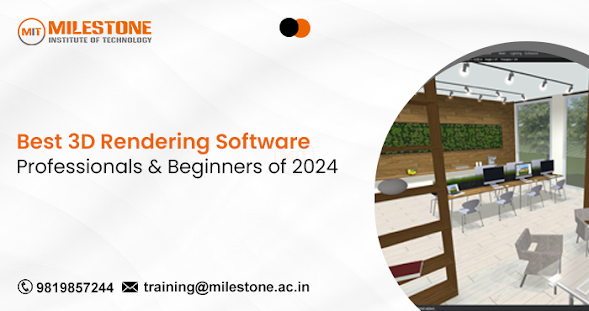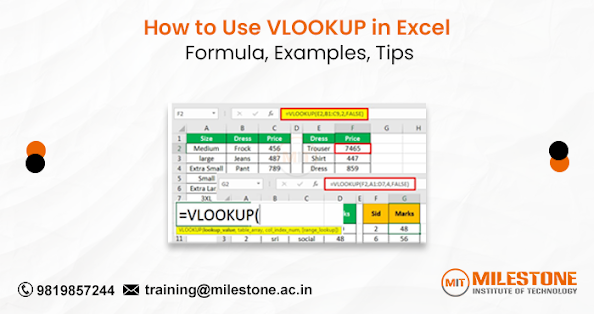Best 3D Rendering Software Professionals & Beginners of 2024

In 2024, selecting the best 3D rendering software is essential for both professionals and beginners seeking to produce captivating visualizations. The ideal software should enhance creativity, streamline workflows, and deliver high-quality results. With options tailored to various skill levels, users can find tools that cater to their specific needs, whether for intricate animations, architectural designs, or artistic projects. Let's dive into this blog to explore the top choices available for creating stunning 3D renderings. 1. Blender Best for: Beginners, Freelancers, and Small Studios Price: Free Blender is open-source and free, offering a robust suite of tools for modeling, rendering, animation, and even video editing. Blender’s Cycles rendering engine provides photorealistic results, with support for both GPU and CPU rendering. It’s popular due to its flexibility and community support, which offers numerous tutorials for beginners. Why it’s great for beginners: Completely f...


